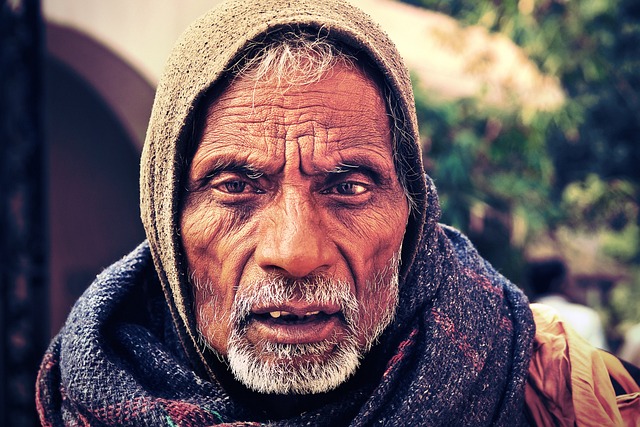
Cultural Expressions of Grief
Cultural Expressions of Grief
Grief is a universal human experience, transcending geographical, cultural, and social boundaries. While the emotions associated with loss—sorrow, despair, and longing—are felt by all, the ways in which individuals and communities express their grief can vary significantly. This article explores the diverse cultural expressions of grief, highlighting the unique practices and beliefs that shape mourning rituals around the world.
The Universality of Grief
Grief is an intrinsic part of the human condition. As noted by James Averill, a professor of psychology, the experience of grief can be likened to sexual feelings; both are biologically driven yet expressed within different social contexts. This comparison underscores the complexity of grief, which is influenced by cultural norms, religious beliefs, and societal expectations.
Western Expressions of Grief
In many Western cultures, grief is often viewed through an individualistic lens. The focus tends to be on personal experiences of loss, with individuals encouraged to articulate their feelings and seek counseling or therapy. This approach emphasizes the importance of personal healing and the processing of emotions. Funerals in Western societies typically involve a gathering of family and friends, where eulogies are delivered, and memories are shared, allowing for a communal acknowledgment of loss.
Collective Mourning in Indigenous Cultures
In contrast, many Indigenous cultures emphasize collective mourning. For instance, among the Lakota tribe, the phrase “mitakuye oyasin,” meaning “we are all related,” encapsulates the belief that the death of one member affects the entire community. Elders play a crucial role in guiding the grieving process, fostering a sense of unity and shared sorrow. This communal approach to grief allows individuals to feel supported and connected during their time of loss.
Asian Cultural Practices
In Asia, mourning practices are deeply rooted in spiritual beliefs and traditions. In Tibet, for example, the Buddhist mourning period lasts for 49 days following a funeral. During this time, families engage in various rituals, such as creating clay figures and prayer flags, which serve as a means of expressing grief and honoring the deceased. These practices not only facilitate personal reflection but also strengthen communal bonds as families come together to support one another.
Grief in Latin American Cultures
Latin American cultures often celebrate the lives of the deceased through vibrant rituals. The Day of the Dead, or Día de los Muertos, is a prominent example, particularly in Mexico. This holiday honors deceased loved ones with colorful altars, offerings of food, and festive gatherings. The celebration reflects a belief in the continuity of life and death, allowing families to remember and cherish their loved ones in a joyful manner. Such practices highlight the importance of cultural heritage in shaping the grieving process.
Grief in African Cultures
In many African cultures, grief is expressed through communal gatherings and rituals that emphasize the interconnectedness of life. Mourning periods can vary widely, often involving elaborate ceremonies that include singing, dancing, and storytelling. These rituals serve not only to honor the deceased but also to reinforce social ties within the community. The collective nature of these expressions allows individuals to share their sorrow while celebrating the life of the departed.
Conclusion
The ways in which grief is expressed are as diverse as the cultures that inhabit our world. From individualistic approaches in the West to communal mourning practices in Indigenous and other cultures, each expression of grief reflects the values and beliefs of the society from which it originates. Understanding these cultural differences can foster empathy and compassion, reminding us that while grief is a personal journey, it is also a shared human experience.
As we navigate our own experiences of loss, it is essential to recognize and respect the myriad ways in which others may grieve. By embracing these cultural expressions of grief, we can cultivate a deeper understanding of the human experience and the bonds that unite us all.


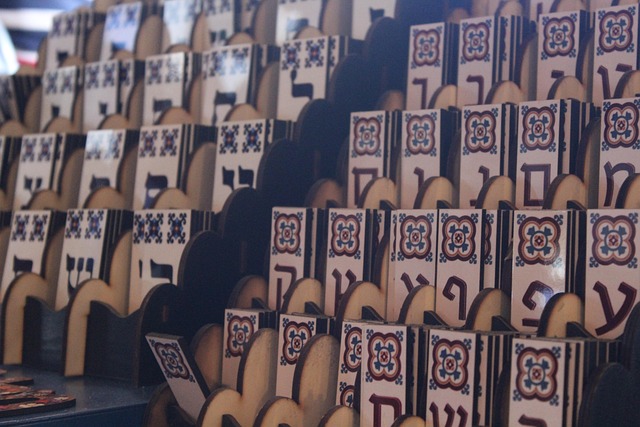




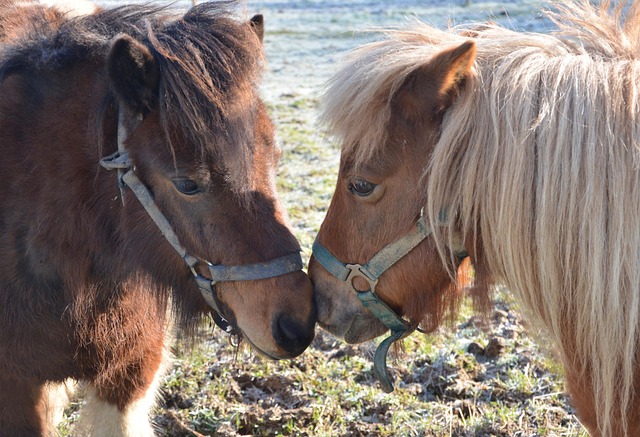
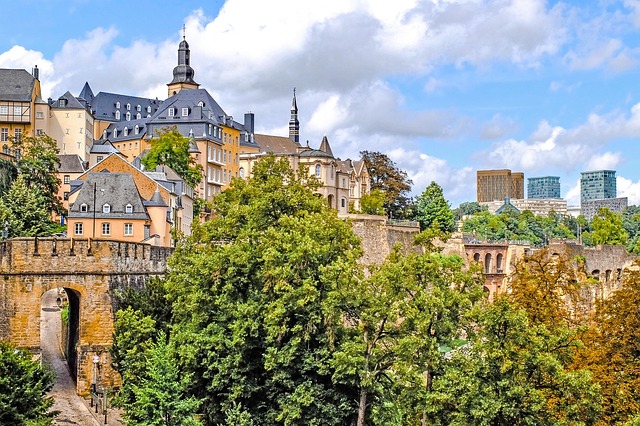




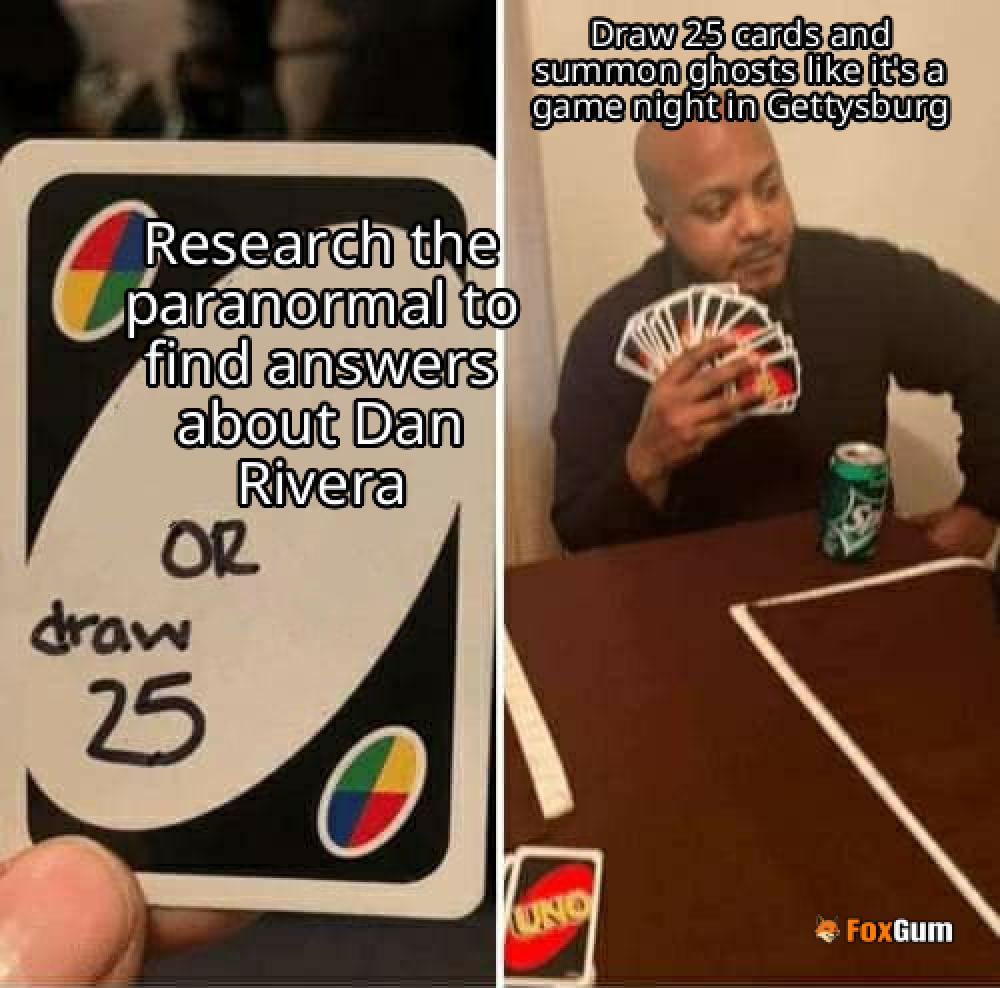



 Exploring Third Gender Cultures Around the Globe
Exploring Third Gender Cultures Around the Globe 
 Health
Health  Fitness
Fitness  Lifestyle
Lifestyle  Tech
Tech  Travel
Travel  Food
Food  Education
Education  Parenting
Parenting  Career & Work
Career & Work  Hobbies
Hobbies  Wellness
Wellness  Beauty
Beauty  Cars
Cars  Art
Art  Science
Science  Culture
Culture  Books
Books  Music
Music  Movies
Movies  Gaming
Gaming  Sports
Sports  Nature
Nature  Home & Garden
Home & Garden  Business & Finance
Business & Finance  Relationships
Relationships  Pets
Pets  Shopping
Shopping  Mindset & Inspiration
Mindset & Inspiration  Environment
Environment  Gadgets
Gadgets  Politics
Politics 